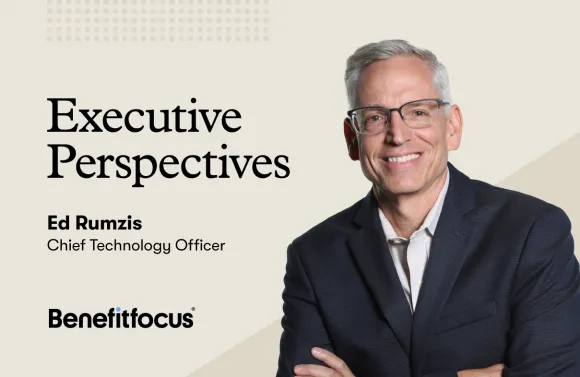The Top 5 Signs Your Employees Are Struggling to Understand, Choose and Use Their Benefits

Most HR professionals would agree that despite your best efforts to offer competitive benefits, provide cool digital resources and communicate regularly about benefits, most employees still struggle to understand, choose and use their benefits, resulting in low engagement and sub-optimal outcomes. It also reveals a benefits strategy that isn’t delivering on its promises.
"Getting this right" is not only a competitive necessity – employees expect their employer to support their health and wealth goals and everything in between – but also a financial one. Thirty-one (31) percent of compensation costs go towards benefits, and 70 percent of employers believe employees underutilize the services, benefits and programs they make available.
Here are some telltale signs that your employees aren't fully realizing the value of their benefits:
1. They Say So
People may not share this feedback directly with their HR department, but they’ll admit their confusion when asked. Forty-one (41) percent of American workers surveyed by Voya Financial in January 2023 said they do not fully understand any of the employee benefits they selected during their most recent open enrollment period.1
With this in mind, you could (and probably should) ask them in an employee benefits survey that you can deploy annually for benchmarking.
2. You Suspect Health Plan Inertia
Do your employees quickly breeze through the benefits education materials you provide prior to enrollment? This might signal that they're (literally) not taking enough time to thoughtfully consider what plan is right for them and simply electing last year's plan by default.
Eighty-nine (89) percent of employees in another Voya survey said they just pick the same health plan from the prior year – especially those currently enrolled in a PPO vs. HDHP (94 percent vs. 80 percent, respectively).2 A passive enrollment process can explain this to some extent, but – spoiler alert! – you’ll see in the next two signs the compelling evidence that many people are aren’t selecting the right level of coverage for their health or wealth needs.
3. Employees Spend Too Much on Health Benefits...
Which plans are your employees enrolling in? Have you tracked any trends or noticed anything to suggest that people are signing up for coverage that might be costing them more than necessary?
When people don’t know how to optimize their health care dollars by considering out-of-pocket costs and opportunities to save for future costs, they run the risk of overspending on coverage. One oft-cited academic study demonstrated this, finding that nearly two-thirds (61 percent) of employees chose the wrong plan for their needs: the average employee could have saved $372 per year by choosing a more financially efficient plan.
4. ...and Underinvest in Retirement
At a time when employees’ financial wellbeing is under the spotlight, McKinsey reports that as many as 80 percent of U.S. pre-retiree households are financially unprepared for a secure retirement. The Insured Retirement Institute finds that an estimated 33 percent of workers save less than 5 percent of their income for their retirement, when they should invest 15 to 20 percent, including any employer match, to maintain a comfortable standard of living in their later years.
If you're not providing employees with financial wellness resources to help them manage their personal finances or offering deeper-dive advice from financial or retirement benefits vendors, you'll want to consider doing so.
5. Your Programs Under-Deliver
What is your benefits program ROI? Don't settle for ho-hum performance. Despite a significant investment in guidance, navigation, transparency and chronic condition programs, most organizations see engagement rates in the low single digits. In fact, as mentioned above, almost three quarters (70 percent) of employers in a study by The Hartford believe employees underutilize the services, benefits and programs they make available.
The bottom line? If employees don't "get" their benefits or how to use them...they probably won't.
So there you have it! No matter how you slice or dice it, employers must help employees understand and optimize the value of their benefits. Better outcomes for the employee and the organization depend on it!
1 Voya Financial survey conducted January 3-4, 2023, on the Ipsos eNation omnibus online platform among 1,005 adults aged 18+ in the U.S.
2 Voya Financial survey conducted September 2-6, 2020, in partnership with Russell Research, among 315 U.S. Consumers currently enrolled in an employer-sponsored health plan. For research-related inquiries, email info at russellresearch.com.

